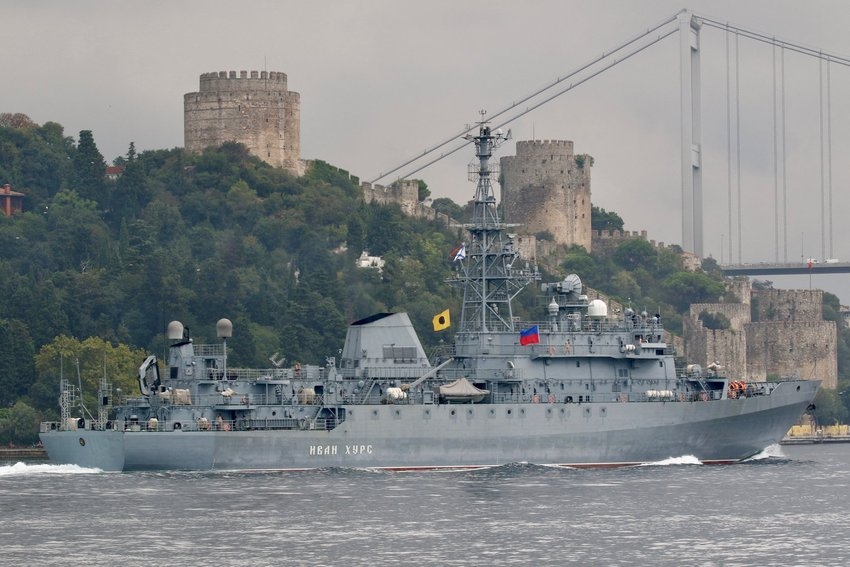The hostilities in Ukraine are already changing and will continue to change several entrenched military paradigms. For example, the decentralization of artillery batteries, warehouses and command posts has taken place on land, drones “cut the buttons” in the air and actually replace piloted frontline aviation, while in the seas USV (unmanned surface vehicle/vessel) – a remotely controlled autonomous surface vehicle – is loudly announcing itself. in other words, “overwater drone” or “sea drone”.
Naval drones differ from naval torpedoes in that they are built on the basis of civilian cutters or high-speed boats and use internal combustion engines, but, like many torpedoes, are equipped with advanced communication and navigation systems, carry a significant amount of explosive, which explodes on impact with goals. The concept of the USV is not new, but thanks to modern technologies, it has become so successful that already in the medium term, the meaning of the existence of the classic warships of the close sea zone can be made to be considered. One recent piece of evidence for this thesis is the May 24 incident in the Black Sea, when the Russian Black Sea Fleet’s reconnaissance vessel Ivan Hur was attacked by at least three Ukrainian USVs, forcing the vessel to leave its intended area of operation. This episode of the war was slightly overshadowed in the information space of Latvia by the raid of the Russian Volunteer Corps in the Belgorod region, so it is worth looking back at this event again
2023-06-01 21:00:03
#Mārtiņš #Vērdiņš #Blue #eye #sea #Russian #spy #ship #Ukrainians


